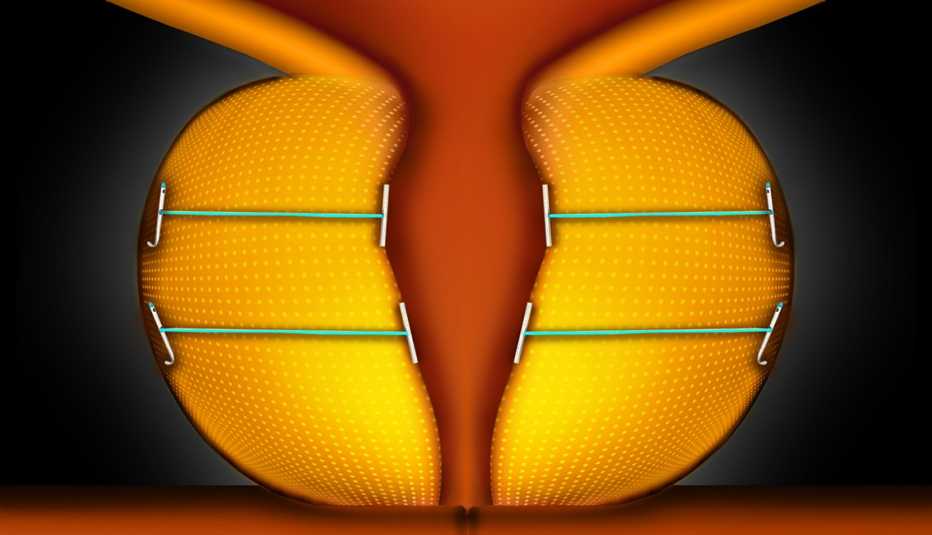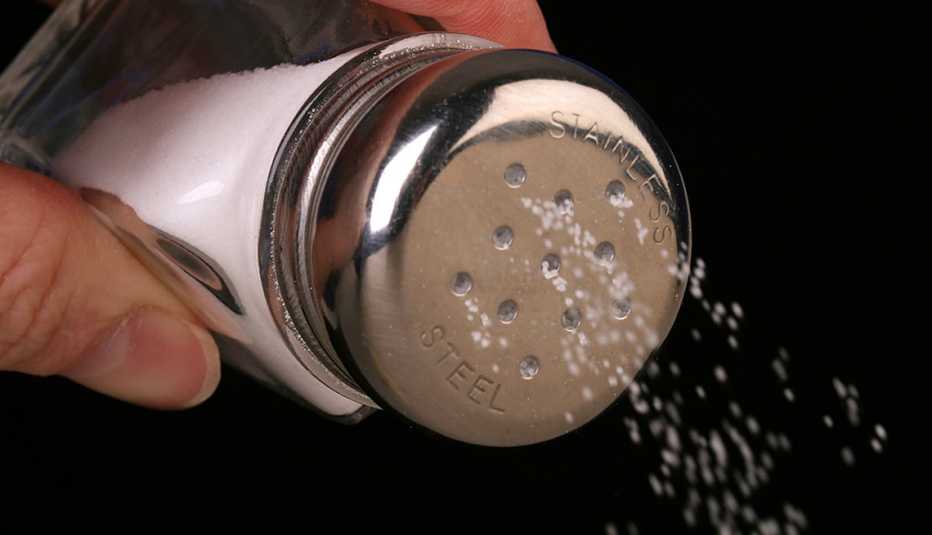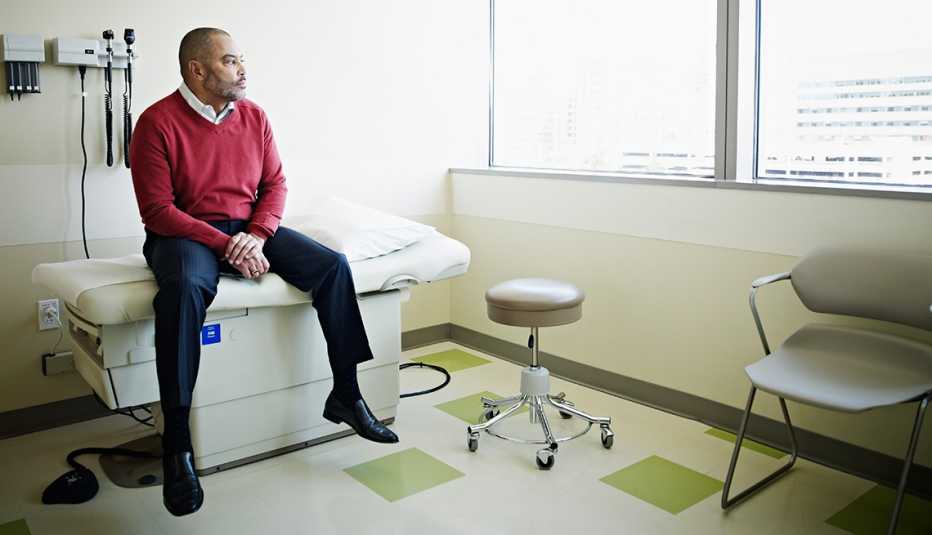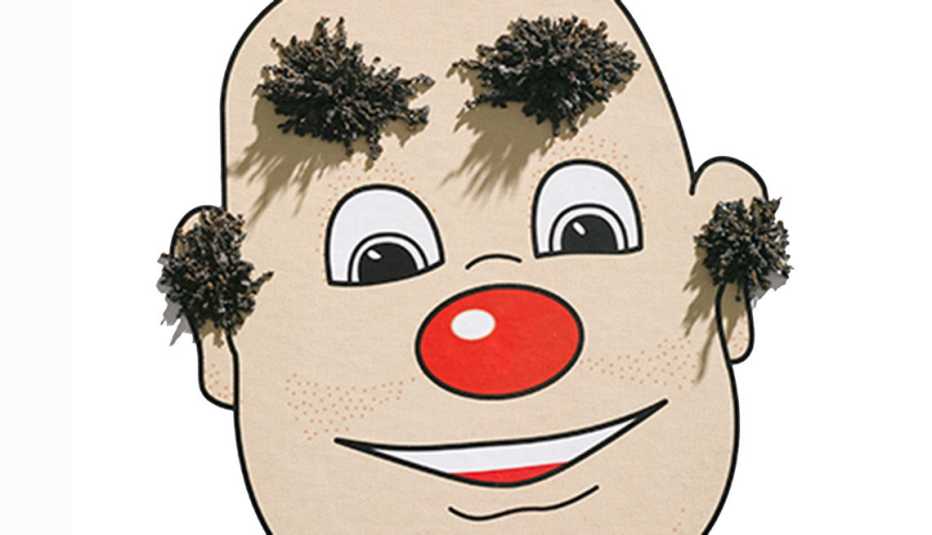AARP Hearing Center
Enlarged prostates begin affecting about 50 percent of men in their 50s, and that number rises with age. As the prostate presses on the urethra, it can cause complications with urination, including slow or weak stream, the urgent need to urinate night and day, and accidental urination. Traditional treatments, typically medication or surgery, often come with undesirable side effects such as dizziness, headaches and significant issues with sexual dysfunction, which often makes men hesitant to pursue treatment.
As we celebrate men's health month in June, we are taking a look at a minimally invasive procedure that is growing in popularity with urologists, some of whom are even using it for themselves. The prostatic urethral lift (PUL) procedure, known by the trade name UroLift, takes less than an hour and can be performed under local anesthesia in the doctor’s office.
The medical term for noncancerous enlarged prostate is benign prostatic hyperplasia (BPH), and it can interfere with sleep patterns and quality of daily life. A study published in the Journal of Urology stated that the condition affects 50 percent of men ages 51 to 60, and that the number increases to 80 percent by the time they reach their 70s. The UroLift System, which the FDA approved in 2013, involves inserting tiny implants that push the prostate off the urethra; UroLift's producer, NeoTract Inc., likens it to tie-backs that hold window curtains open.
Clinical data from a 206-patient randomized controlled study showed that men with enlarged prostates receiving UroLift implants reported rapid and durable improvement in their symptoms and urinary flow without compromising sexual function. Recovery is also faster than with traditional surgery, called transurethral resection (TURP), with minimal side effects, according to NeoTract.
"This product has been a game changer for us," says Gregg R. Eure, a urologist in Virginia Beach, Va., and assistant professor of urology at Eastern Virginia Medical School. "It is filling a niche that we haven’t had before. It takes less than one hour, and they are back to their regular routine quickly. It makes it very appealing to patients."


In the past, men would look at surgery as a last resort and wouldn't do it until their enlarged prostate was so bad that they needed a catheter, Eure says. "But now they can address the symptoms earlier and enjoy the benefits longer." In the NeoTract study, 14 percent of patients had to have additional treatment after the initial UroLift procedure, and there is some evidence that the traditional surgery may still offer better long-term urinary tract improvement. But the ease of the UroLift procedure and the minimal side effects still make it the better option for many patients, according to Eure, who participated in the procedure's research trials.
Over two years, Eure has done the procedure on nearly 200 patients with strong results, and he expects its popularity to rise now that it is reimbursed by Medicare and most other insurance plans. Other urologists agree.
"I’ve followed the literature on the system from around the time it was FDA approved and became curious about it because it is a complete departure from the past," says Peter J. Walter, a urologist in Jamestown, N.Y. "Surgery required cutting or heating and burning tissue, but this is a totally different way of managing the tissue. It is gently compressed and held in place by small tailored implants."


































































